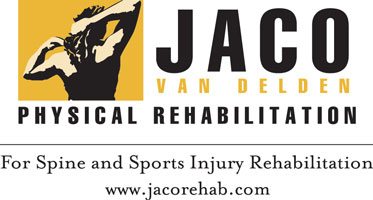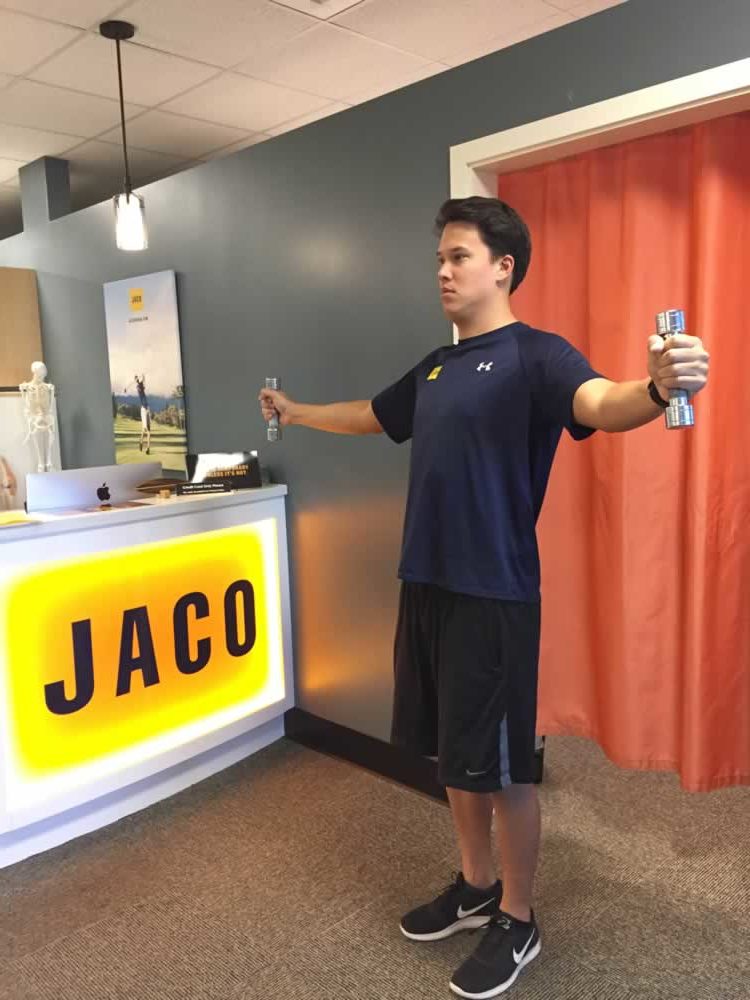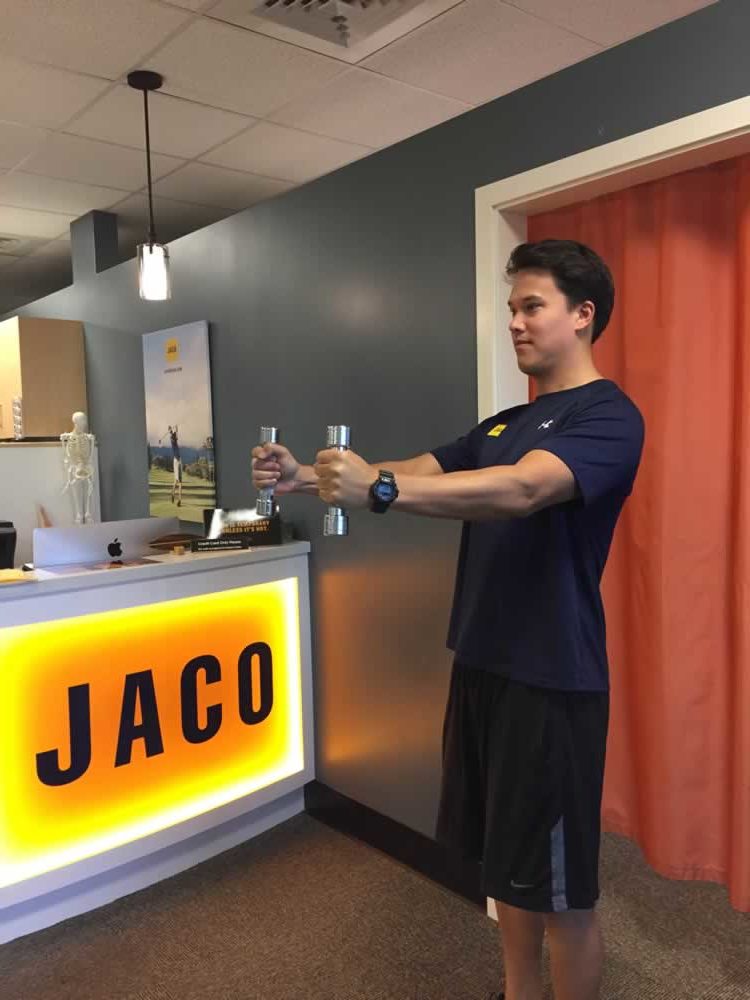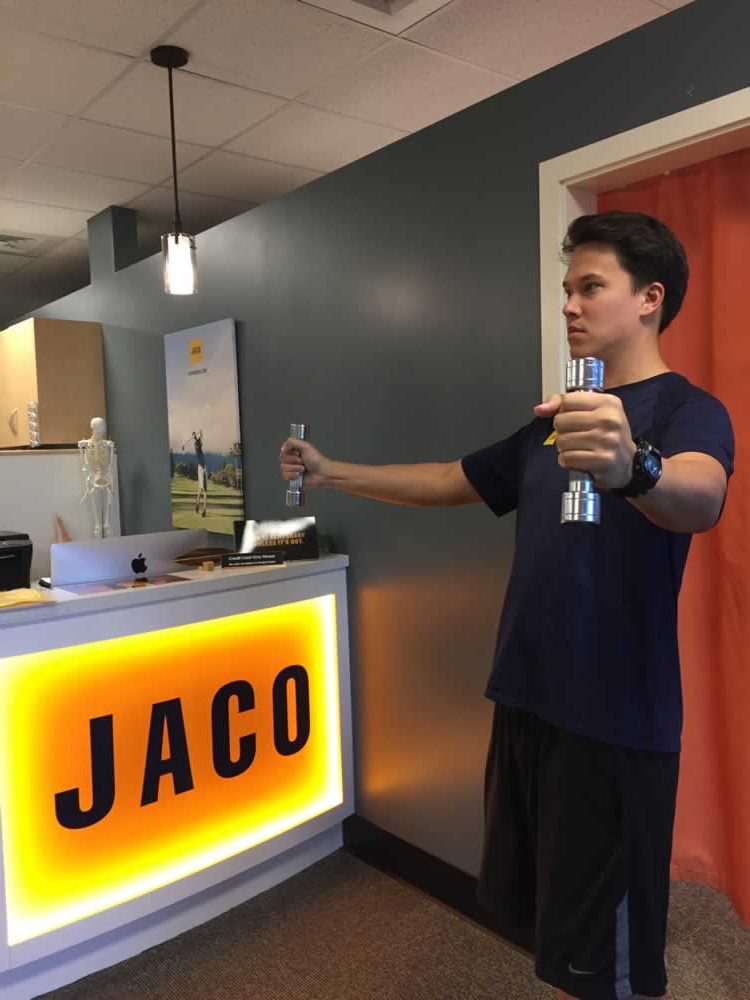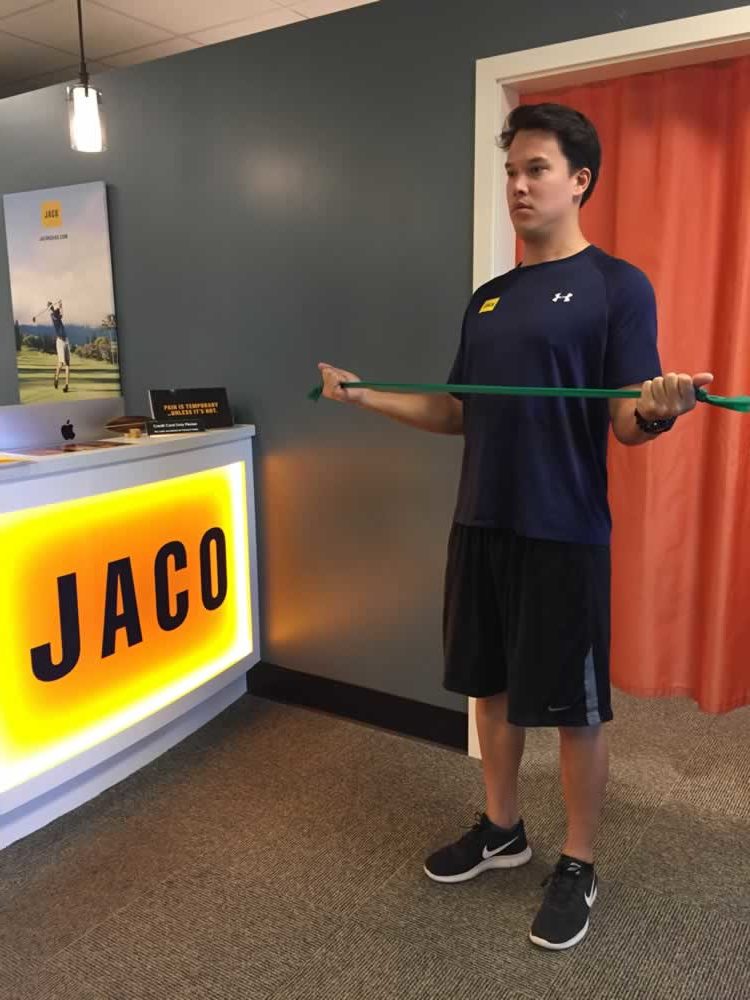As we progress into the long distance season, training runs and races are getting longer and more intense.
Many paddlers may be starting to develop back pain after a long practice or even worse…while they’re in the boat!
There are many potential origins of back pain in canoe paddlers, but two of the most common are low back muscle strains and lumbar disk injuries. Muscle strains occur when imbalances in the back and hip muscles and core weakness cause repetitive stresses to the lower back. Lumbar disk injuries occur from long periods of sitting in the canoe while repetitively flexing the spine forward, pushing the lumbar disk out of place. Not good. . . especially if the pain starts acting up during a race.
Just because you may be experiencing back pain, doesn’t mean you have to endure it throughout the rest of the season. Here are a few exercises to keep your back healthy and keep you competing at the highest level.
Prone Press Up:
Keeping hips pressed against the floor, extend your back by straightening your arms. Hold for 30 seconds. Repeat 3 times. This exercise is great for lumbar disk health and can reverse the results of repetitively flexing the lumbar spine while paddling.

Figure 4 Stretch:
With knees bent to 90 degrees, cross right leg over left and pull left leg towards your chest. The stretch should be felt in right hip hip area. Hold for 30 seconds, repeat 2 times.
Hamstring Stretch with strap:
With knee slightly bent, pull leg towards head using a towel or strap. Hold for 30 seconds, repeat 2 times. This exercise is great for your back health because having good hamstring flexibility decreases low back strain.

High Prone Plank with Opposite Leg Lift:
Keeping your body and legs as straight as you can, alternately lift legs holding for about 5 seconds. Complete 10 each leg.

High Side Plank:
Keeping shoulder, hip, and ankle aligned, hold position for 30 seconds. Work your way up to 1 minutes holds.

These are great exercises for your back health, but if your symptoms persist or worsen don’t hesitate to come and see us at Jaco Rehab. We are passionate about helping you compete at the highest level! See you in the Kaiwi Channel!
Tim Chang, DP
Pacific Paddler is A MAGAZINE FOR PADDLERS BY PADDLERS: to bring the excitement of outrigger paddling to a larger audience. Pacific Paddler covers all facets of paddling and outrigger racing including OC6, OC1, OC2, V1, O6, V6, OC4, SUP, Surfski, Canoe Surfing and more from all around the world! Our Focus is on paddling and the active lifestyle that goes with it. Paddling is a sport for everyone, any gender any age from 6 to 86. We want to encourage novice paddlers to join clubs and older paddlers to try it out.